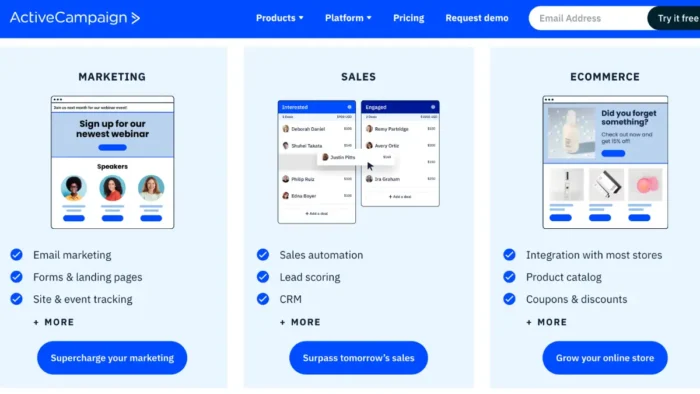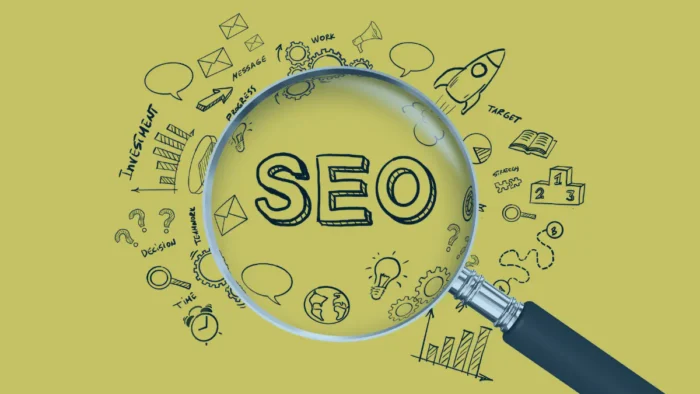On-page SEO is one of the most important aspects of search engine optimization. If you want to rank high in Google, you need to have good on-page SEO.
This article will discuss 8 step-by-step instructions that you can use to improve this aspect of your business.
Write A Good Title
It’s essential to look at every aspect when it comes to being better discovered. It’s proven by many marketing teams that on page SEO helps your content rank higher than if you neglect it. Having that said, one of the most important factors for on-page SEO is your title.
The right title is the first thing people notice when they land on your website. It’s what helps them understand if your content is relevant and interesting to them or not.
By writing a good title, you’re making it easier for search engines like Google and Yahoo to find you as well. This can be achieved by writing a catchy title that summarizes the content but also contains keywords of what people usually type in their searches. A great example would be this blog post itself: “On-Page SEO: Step By Step Bullet Point Instructions”. It shows the title, the keywords it targets, and how interesting it is to read.
Careful How You Make Headers
Headers are important on-page SEO elements. They tell search engines what the content on your pages is about. In addition, they help visitors know where to find information when scanning a page. When being careful with making headers, you can use them as keywords and links in your text as well.
You can use headers to introduce content, create visual interest and even break up a long body of text. However, being careful with making headers is important because they should not be used excessively or in place of normal text, this practice may cause search engines like Google to penalize you.
As an example: being careful with making headers means that if you have a page about your business that includes hours of operation, it’s better to format them as plain text than by using h tags (h tags are the coding for HTML header formatting).
Add Meta Descriptions
This strategy has many benefits, but it cannot be embraced without adding meta descriptions. This is one of the most critical on-page SEO techniques that make your website rank high in search results.
You want to be adding these to increase the number of visitors, boost brand awareness, and generate more sales. By doing this, you’ll be adding meta descriptions to increase your click-through rate.
Adding meta is very simple, but it requires you to have a good understanding of the technique. Making sure that adding meta descriptions is done perfectly will help you get the best results from this strategy. Adding these allows search engines and users to read them and know what your blog post content or website page is about before clicking on it. By adding meta descriptions, you can tell search engines that your website will be appearing in SERPs (Search Engine Result Pages).
Pick The Right Images
Images are very important on a web page. If done correctly, they can make all the difference in how your readers perceive and engage with your content. But picking out the right images is not always as simple as it sounds.
- pick an image that fits the height and width of your post
- pick an image that reflects what you are talking about
- add alt text to your images so Google knows what to index for SEO purposes
- use images that have a creative commons license or royalty-free license so you don’t get in trouble for copyright infringement
- pick an image that will inspire your readers to engage with the content by picking one that is thought-provoking or action-oriented
- make sure the file name of your image is descriptive
- compress your images for faster loading times
Be Careful When Writing Keywords
Keywords must be used correctly in order to help your website rank higher in search engine results pages (SERPs). Stuffing keywords into your content unnaturally will not only look spammy but could also get you penalized by Google.
A good way to ensure that your keywords are being used correctly is to use them as part of a keyword phrase. This phrase is two or more words that are put together and searched for as a unit. For example, “SEO tips” is a keyword phrase. When you include this phrase throughout your content, you are telling Google that the page is relevant to people who are looking for SEO tips.
Don’t Ignore The Links
Authority links are still a valuable part of on-page SEO. When you’re optimizing your pages, don’t ignore the links. To make sure your links are helping rather than hurting your optimization effort make sure all of your links are relevant to the page they’re on.
Also, you shouldn’t use too many external links and should instead focus on internal linking. It’s important to use keyword-rich anchor text when possible and avoid using no-follow tags on your important external links.
Improve The Speed Of Your Website
People get frustrated when your website is slow. They don’t want to wait for your website, especially when they are on their smartphone and have a limited data plan. The more frustrated people get, the fewer sales you make.
Improving the speed of your website is one of the most important on-page SEO factors that you can improve. Google has said many times that site speed is a ranking signal, and it’s been confirmed by numerous studies.
To achieve this, you need to use a content delivery network (CDN) and optimize all images. It would also be smart to minimize JavaScript and CSS files and enable caching. Use a fast web host without unnecessary plugins.
Make Sure Your Page Is Mobile-responsive
You want visitors to be able to reach your page from anywhere, on any device. That’s why it’s important to make sure your page is mobile-responsive.
To check if your page is mobile-responsive you need to open the page in a browser on a mobile device. After that, resize the browser window so it’s narrower. If the content resizes and moves around but still looks good, then your page is responsive. If not, you will need to make some changes.
On-page SEO is essential to make your business develop well so start with a good title and make good headers. Add meta descriptions and optimize your images along with the keywords you’re using. Never ignore the use of authority links and work on website speed. Finally, make sure that your site is always mobile responsive whether it’s from an app or a browser. These will help your SEO thrive!





